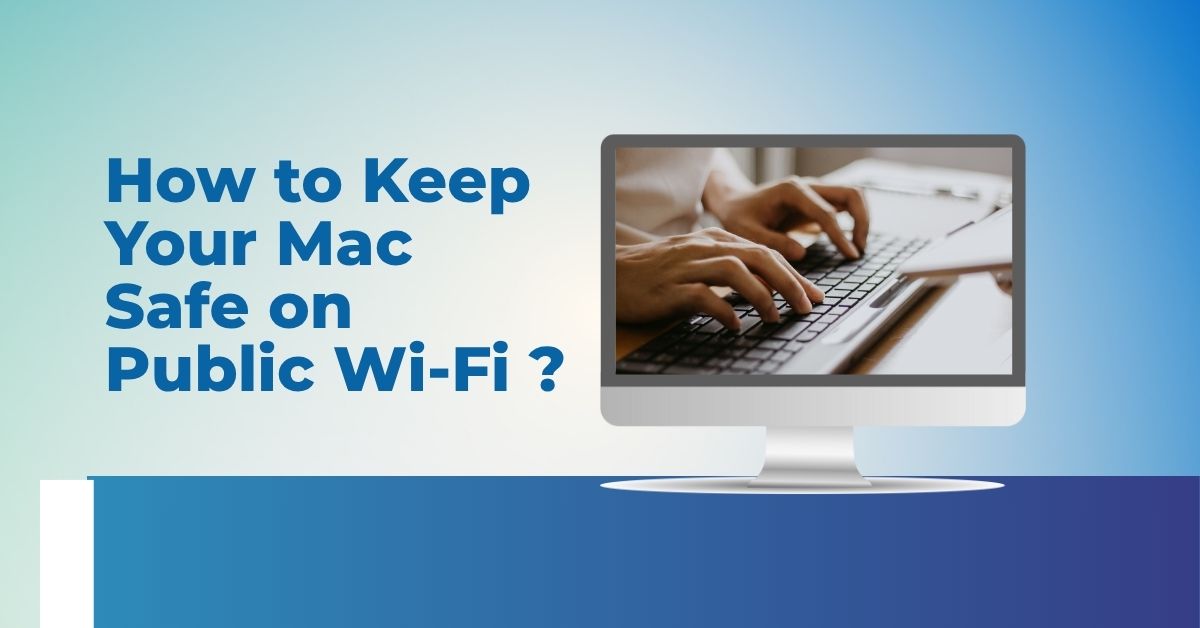Working from your Mac outside the house is part of modern life now. You see people everywhere — in cafés, airports, co-working spaces — coding, editing, or designing on the go. It feels freeing, but here’s the catch: public Wi-Fi isn’t as friendly as it seems. Behind the convenience, it’s one of the easiest ways for someone to peek at your data.
Most public networks don’t encrypt the information passing through them. That means if someone connects to the same network, they could intercept what you send or receive — whether it’s a login, an email, or a file upload.
Why public Wi-Fi is risky
Think of it like this: you lock your front door, but you leave the window open. That’s basically what connecting to public Wi-Fi does. Once you’re on the same network as everyone else, a bad actor could:
- Steal your passwords or login sessions
- Monitor what websites you visit
- Try to install malware or adware on your device
You might think, “I’m just reading the news — who’d care about my Mac?” The truth is, hackers don’t care who you are. They just look for open doors, and unsecured Wi-Fi makes their job easy.
How to protect your Mac connection
A few practical habits can make public Wi-Fi far safer:
- Use your phone’s hotspot. Sharing your own mobile connection is safer than relying on public Wi-Fi.
- Use a VPN. A reliable VPN encrypts your online traffic, making it unreadable to anyone nearby. This is the simplest and most effective way to protect your Mac connection.
- Stick to HTTPS websites. That tiny lock icon in your browser means your data is encrypted in transit. If it’s missing, think twice before logging in.
- Turn off sharing features. Disable AirDrop and file sharing when you’re on unfamiliar networks. It prevents others from seeing or accessing your files.
- Keep your system updated. Apple releases regular security updates to patch vulnerabilities — don’t ignore them.
Good habits matter as much as tools
Security isn’t just about software; it’s also about how you use your Mac. Don’t auto-connect to networks you don’t recognize. Keep your screen locked if you step away. And avoid clicking on random attachments or “urgent” links — that’s how phishing often starts.
The National Cyber Security Centre reminds users that awareness is just as important as any technical fix. Technology helps, but habits protect you daily.
Practicing digital hygiene while working remotely
The tools you rely on — GitHub, Figma, Google Drive — are part of your security chain too. Enable two-step verification wherever possible. Before sharing project files in the cloud, double-check who actually has access. Wired reports that many account breaches begin with simple permission mistakes or shared links left public.
The takeaway
Remote work gives you freedom, but it also asks for responsibility. Staying cautious on public Wi-Fi isn’t just about privacy — it’s about protecting the work you create. With a few smart habits and secure settings, your Mac can stay just as safe at the café as it is at home.
